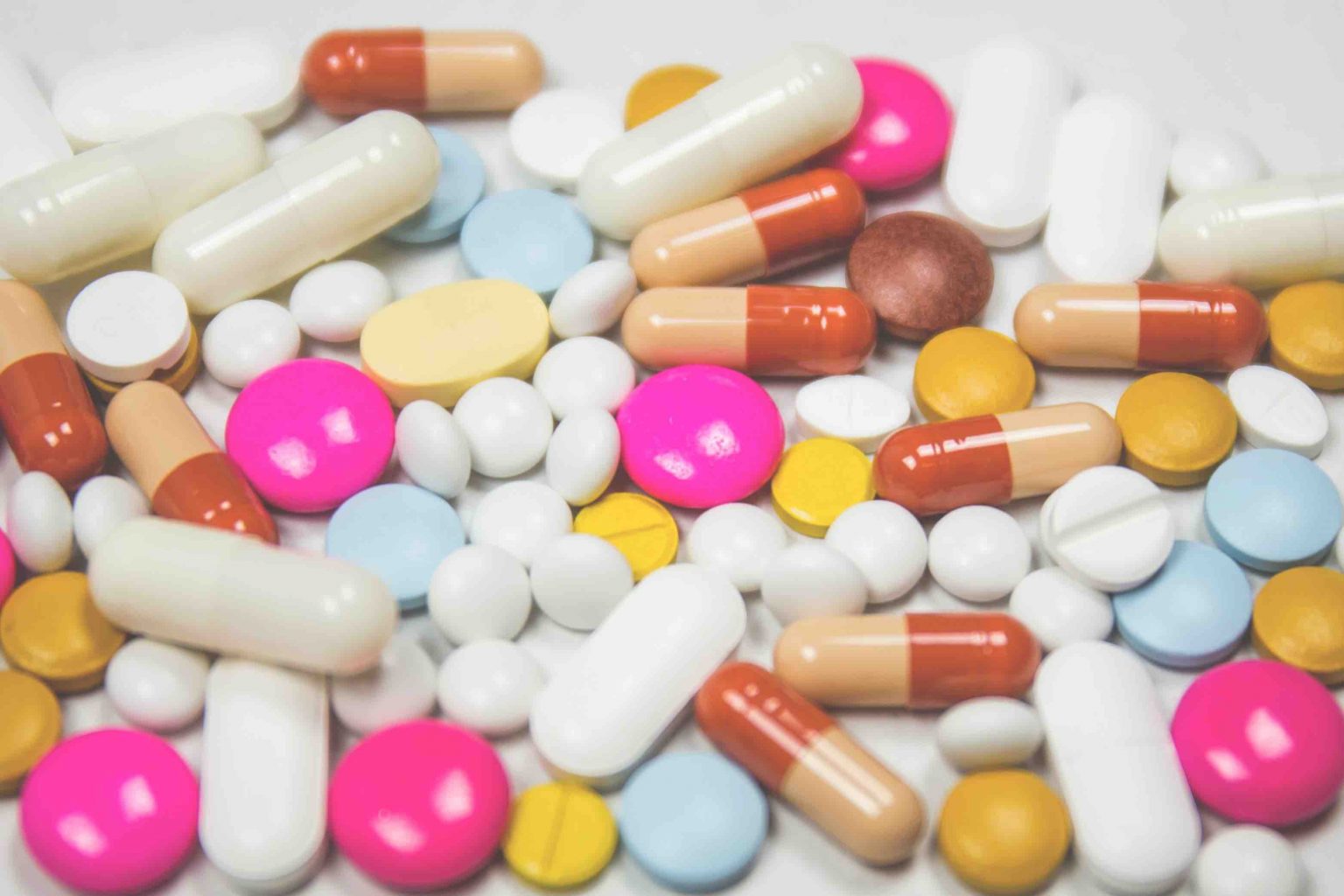While the opioid epidemic has risen to a national emergency, there is more treatment available than ever before and more funds spent than ever before yet at the same time more deaths than ever before! Why? Something is wrong and needs to be fixed…
Drug overdoses are the leading cause of death for Americans under 50, with 20,101 overdose deaths related to prescription pain relievers, and 12,990 overdose deaths related to heroin in 2015. More than two millions of Americans reportedly have become dependent on or abused prescription pain pills and street drugs, and about 11.5 million Americans age 12 and older have misused prescription pain medicine in 2016. There is no doubt that opioids have become a serious health issue in America; national measures are being taken to prevent distribution of the drugs and to reform the system. However, many Americans suffer from existing addiction and misuse, meaning there is an immediate need for treatment.
Given the circumstances of the current crisis, treatment for opioid addiction not only requires the necessary medication, practices, and support for the patient, but also an effective and lasting way to implement it. Cases where opioids were first prescribed and the patient later developed addiction began with improper prescription practices. Often the patient is not advised on the high risk of addiction and abuse of using opioids to treat even common symptoms such as chronic pain. In addition, patients often must try to piece together treatment themselves from different systems. The doctor also does not receive feedback reports on the patient’s prescribing rate, and therefore cannot provide additional attention or education. In terms of the entire healthcare system, primary care providers and clinics are uncoordinated in transferring care as well as patient information and their specific needs.
Medssenger’s mission is to address these issues and fix the broken system. The cross-platform app facilitates the treatment process to structure and manage treatment for better outcomes, maintain patient support and relationship post-discharge, and coordinate with other providers for integrated care. It could create connection between doctor and patient through real time communication, workflows, and courses. It also provides mutual aid between patient and patient through support groups or patient and sponsor through 12 Step Sponsors. It allows providers to monitor the patient and give specific feedback, and coordinates and connects the entire care team across all organizations to the patient. Medssenger also emphasizes coordination and transparency between health care groups, as well as collaboration between substance use disorder clinics, primary care, specialty care, and pain care. As the patient transitions from emergency to detox to residential to PHP/IOP to recovery supports, Medssenger could provide a treatment portfolio with the necessary information for extended care.
The opioid epidemic has devastated countless Americans’ lives and families, emotionally as well as financially. According to the National Institute on Drug Abuse, 50,000 Americans died from an opioid overdose in 2016. That means 137 people a day, or about one death every 12 minutes from “prescription painkillers, heroin or fentanyl”. In addition, it has cost the US $504 billion in 2015 in terms of “lost lives, lost productivity, health care, treatment, criminal justice and other costs”. In order to fix this crisis, it would cost $6 billion to create a treatment facility in each of the 3000 counties, and more than $450 million a year for prevention and treatment in Illinois alone.
The emergence of Medssenger would not only greatly aid those individuals affected by addiction and their families, but also save the entire healthcare industry tremendous amount of spending from preventable costs in ineffective communication, preventable medical errors, relapses and readmissions, lack of patient compliance, and more. Equipped with Medssenger, doctors and patients will not only have the means to fight against the opioid crisis, but also an efficient system to carry out treatment and leave a lasting impact.
